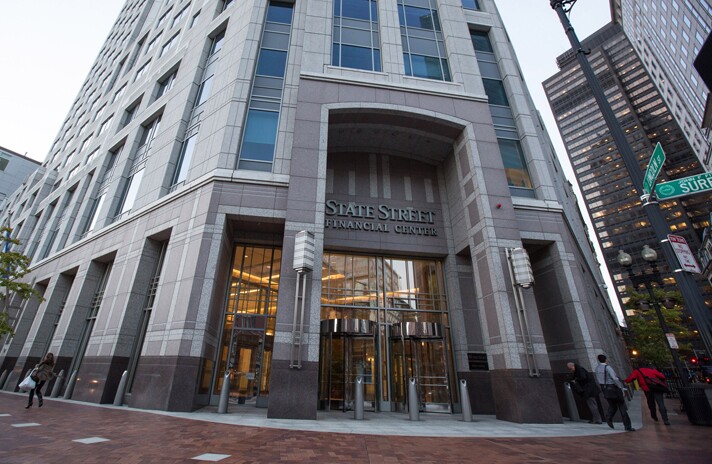
Though it falls well short of the far-reaching changes envisioned by the House version, which passed last year along party lines, critics argue the legislation by Senate Banking Committee Chairman Mike Crapo increases the chances of a government bailout during the next crisis and weakens consumer protections.
While privately some bankers acknowledge the bill is not all they'd hoped, the chances of it getting stronger and still making it across the finish line are not good. The Senate is expected to pass the bill this week without major changes, and efforts by House Republicans to add provisions are likely to fail given the need for Democratic support in the Senate. Many moderate Democrats are taking a beating in the press and among the base of the party for supporting the legislation in the first place and if substantial changes are made, they could abandon it altogether.
The most controversial topics in the Dodd-Frank debate are not touched by the Senate bill. It doesn't, for example, change the Consumer Financial Protection Bureau by putting it on congressional appropriations or upend its leadership structure. Nor does it provide much benefit to the largest institutions.
But critics have focused on provisions that will help regional and custodial banks, along with measures designed to exempt community institutions from what they see as burdensome record-keeping requirements related to the Home Mortgage Disclosure Act and compliance with the Volcker Rule.
Following is a look at the most contentious provisions still in the bill:

Changing the SIFI threshold
What makes this surprising was that there is fairly wide agreement that the $50 billion level is too low. Former Rep. Barney Frank, D-Mass., has acknowledged as much multiple times, and even regulatory hawks like former Federal Reserve Board Gov. Daniel Tarullo suggested raising it.
But critics of the bill argue it goes too far in extending the level to $250 billion, carving out 25 of the 38 largest banks in the country. Importantly, however, the bill doesn't automatically raise the threshold. Instead, it immediately carves out banks with less than $100 billion of assets and gives regulators 18 months to determine if banks with assets of $100 billion to $250 billion pose a systemic risk. Under the bill, regulators would still have the power to determine that some of those banks are SIFIs, and therefore subject to greater capital and leverage restrictions.

A carve out for extra HMDA data
Critics argue this exemption is too broad because it would cover roughly 85% of banks and credit unions, most of which make relatively few mortgages. They say it will make it easier for small lenders to engage in discriminatory practices. (To be clear, the bill does not exempt institutions from the original HMDA reporting requirements, just the 25 data sets added by the CFPB after Dodd-Frank.)
For a deeper look at how this provision would impact mortgage lending,

Tailoring rules for smaller institutions
Under the Senate reg relief bill, the law would be changed so that instead of encouraging regulators to tailor their rules for institutions of various sizes, they "must" do so. Supporters of the bill argue that regulators are making good on repeated pledges to take size into account when writing regulations. Critics, meanwhile, say the provision would enable Wall Street banks to pressure the Fed and others to reduce regulations on all but the very largest institutions.

Granting "QM" status to loans in portfolio
This provision of the Crapo bill would say that banks and credit unions with less than $10 billion of assets can win QM status for their mortgages automatically if they agree to keep them in portfolio — not sell them off — for a set number of years. Critics argue this is a
"Nothing in this bill in any way weakens the prohibition about making shaky loans to people with weak credit and then packing them into a security," Frank

Custodial bank capital ratios
The provision has drawn the ire of progressive Democrats since it would help some of the biggest banks in the country, making it easier for them to comply with the supplementary leverage ratio. Interestingly, JPMorgan Chase and Citigroup
Critics argue that no large institution, even a custody bank, should get a break on capital rules.

Easing regulation on foreign banks
The issue relates back to the provision raising the SIFI threshold to $250 billion. Critics of the Crapo bill argue that even though foreign banks like Deutsche Bank are well above that limit, they could still benefit because their U.S. holdings are below that level. As a result, they would no longer be treated as SIFIs and subject to higher standards.
But Crapo and moderate Democrats attempted to fix this issue in the latest version of the bill,

Alternative credit scoring
Some argue that the measure, pushed by Sens. Tim Scott, R-S.C., and Mark Warner, D-Va., is redundant, because
But others say it would speed up the FHFA's review and could effectively force its hand. Ultimately, if the measure is adopted, it's seen as a win for VantageScore, which is owned by the three main credit bureaus, in its battle against FICO.

Manufactured housing
Under the Truth in Lending Act, employees of retailers are generally banned from giving advice on loan terms unless they are licensed mortgage originators. But a measure in the Crapo bill would effectively end that prohibition.
Consumer groups

Volcker Rule relief
The objection to the provision is less about what it does now — most community banks didn't engage in proprietary trading anyway, even before the rule was in effect — and more that it could be used as a Trojan horse. They fear the exemption could be gradually expanded to include institutions that would engage in such behavior.





